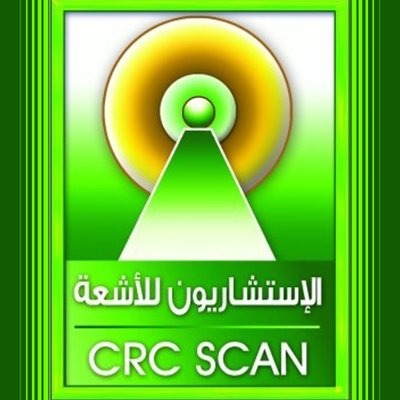×
Hysterosalpingography
- Home
- Services
- Women's Imaging
- Hysterosalpingography

Hysterosalpingography
Hysterosalpingography, also called uterosalpingography, is an x-ray examination of a woman's uterus and fallopian tubes that uses a special form of x-ray called Fluoroscopy and a contrast material.
Fluoroscopy is a special x-ray technique that makes it possible to see internal organs in motion. During a hysterosalpingogram, the uterus and fallopian tubes are filled With a water-soluble contrast material and the radiologist is able to use fluoroscopy to view and assess their anatomy and function.
Why should I do it ?
- The procedure can be used to investigate repeated miscarriages that result from congenital or acquired abnormalities of the uterus and to determine the presence and severity of these abnormalities, including:
- Tumor masses
- Adhesions
- Uterine fibroids
- Hysterosalpingography is also used to evaluate the openness of the fallopian tubes, and to monitor the effects of tubal surgery, including:
- Blockage of the fallopian tubes due to infection or scarring
- Tubal ligation
- The closure of the fallopian tubes in a sterilization procedure and a sterilization reversal
- The re-opening of the fallopian tubes following a sterilization or disease-related blockage
Any preparations needed?
- The hysterosalpingography procedure is best performed one week after menstruation but before ovulation to make certain that you are not pregnant during the Exam.
- This procedure should not be performed if you have an active inflammatory condition. You should notify your physician or technologist if you have a chronic Pelvic infection or an untreated sexually transmitted disease at the time of the procedure.
- You may be asked to take a laxative or an enema to empty your bowels.
- You may be given a mild sedative or over-the-counter medication to minimize any potential discomfort.
- You should inform your physician of any medications you are taking and if you have any allergies, especially to barium or iodinated contrast materials.
- Inform your doctor about recent illnesses or other medical conditions.
- You may be asked to remove some or all of your clothes and to wear a gown during the exam. You may also be asked to remove jewelry, removable dental Appliances, eye glasses and any metal objects or clothing that might interfere with the x-ray images.
- Women should always inform their physician and x-ray technologist if there is any possibility that they are pregnant.
-
Women Imaging
-
Make an Appointment
